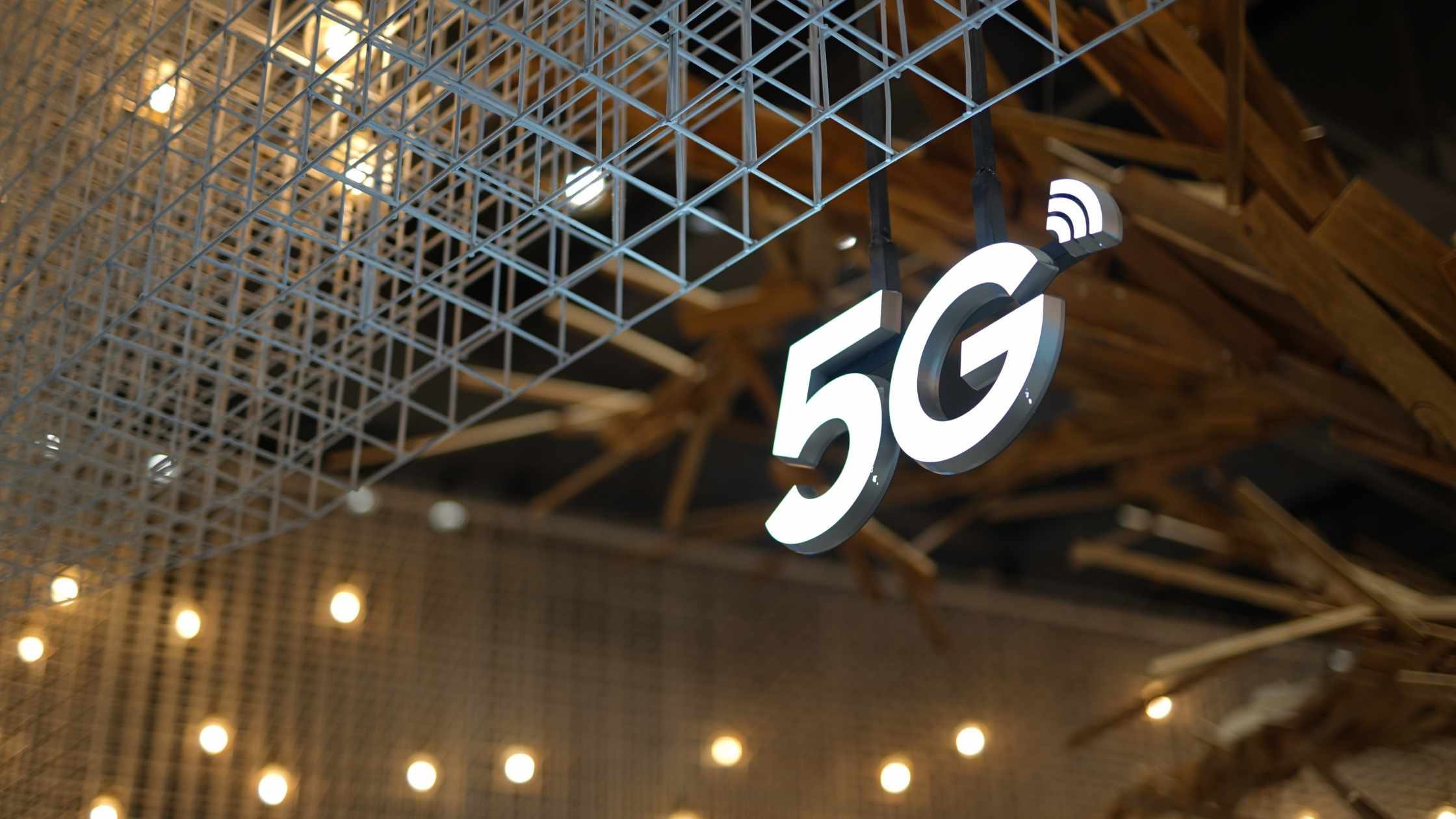If you’ve been wondering about the benefits of 5G technology, you’ve come to the right place. 5G is a service-based architecture that uses millimeter wavelengths for faster data transmission than 4G. Compared to 4G, 5G will allow up to 1,000 times as many devices per square meter.
5G technology is a service-based architecture
The five-generation network will be based on a service-based architecture, incorporating network functions into network architecture rather than physical hardware. 5G technology will offer a similar set of capabilities as today’s 4G LTE networks but will allow for cloud-native capabilities. The new 5G technology supports the same 3GPP-defined use cases as today’s 4G LTE networks.
This new architecture will feature separation between Control Plane and User Plane functions, allowing for greater flexibility in deployment. This separation of functions is essential because it allows NFs to operate independently of one another and eliminates dependencies between them. The control plane will be centralized, while the user plane will be distributed among various network parts. The result will be a highly scalable system with low latency. A service-based architecture also offers CUPS capability, which allows for content delivery.
Want to learn more about 5G? Enroll in 5G development training courses.
It uses millimeter wavelengths.
Millimeter waves are an extremely high-frequency band of light. They range from 30 to 300 GHz and have wavelengths of just a few millimeters. These waves have been used in microwaves, WiFi routers, and drones. Their use is limited, however, because they have a high attenuation level due to the presence of atmospheric gases. In addition, they only travel in a line-of-sight path, which means that buildings and trees can block the signals.
Due to their relatively short wavelengths, millimeter waves can be used in cellular networks. This allows for antennas to be tiny. This will enable 5G to work in more areas, including in peripheral areas. Furthermore, it will eliminate the need for substantial base stations, which are necessary for today’s high-speed networks.
It will be faster than 4G
The introduction of 5G technology promises a faster mobile connection than the current generation. In addition to its speed, 5G improves latency or the time between a request and a response. This feature is expected to make communications between cloud platforms faster and more secure. The new standard will enable cellular networks to compete with traditional telephone service providers and new use cases in areas such as IoT and machine-to-machine communication.
The main difference between the two technologies lies in latency. Latency is a short delay between a network server and a request. All internet connections have some degree of latency, but 5G’s latency will be significantly lower. Currently, 4G has a latency of about 50 milliseconds. The goal is to reduce this to one millisecond in 5G. Eventually, this will make it possible for mission-critical applications such as autonomous driving to function without interruption.
It will require near-perfect real-time data transmission.
Making 5G, a reality will require near-perfect real-time data transfer. This is essential for applications such as intelligent health and remote surgery. With a reliable network, doctors can connect with patients and make decisions about their treatment from anywhere in the world. In addition, 5G will power high-definition medical imaging and intelligent analytics. Furthermore, it will immediately alert hospitals and ambulance services when a patient’s health is in danger.
As more workers move to remote offices, the need for high-speed internet will increase. Moreover, video conferencing and corporate network access will require additional bandwidth. 5G will enable this by providing faster network speed and larger bandwidth. This will be especially important for businesses that have numerous employees. In addition, 5G will allow users to switch between different high-quality video streams with minimal latency.
It could reach one billion users in three and a half years.
If all goes according to plan, 5G technology will reach a billion users in three and a half years. In comparison, it took 12 years for 3G technology to reach this milestone. It is estimated that the first 5G networks will be launched in South Korea and China.
According to a recent survey, consumers are already excited about the arrival of 5G. The United States, China, India, and South Korea are among the countries with the highest levels of awareness. In addition, seven of 10 smartphone users are excited about the prospect of the 5G technology becoming available. Some even expect it to hit the market within a year.
5G networks are cellular networks that use the latest radio waves to transmit data. This allows for faster connection speeds and reduced congestion. They will also enable more devices to connect to a single network. In addition to boosting speed, 5G networks will also improve the quality of Internet services.
Want to make career in the telecom industry Get professional courses @ https://www.primebitsolution.com/online-telecommunications-training-courses/

